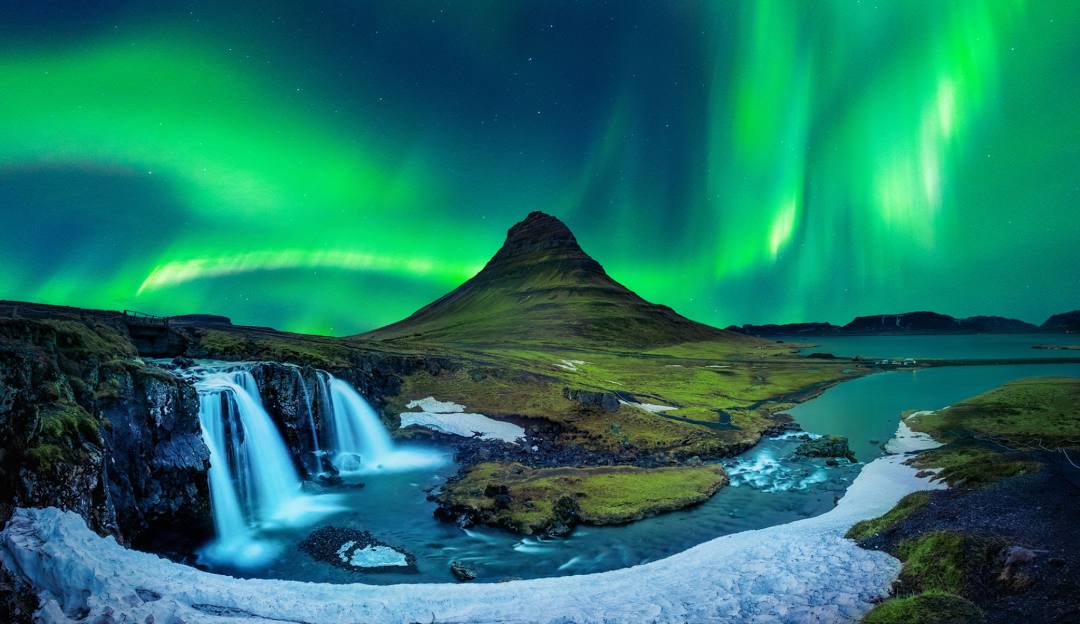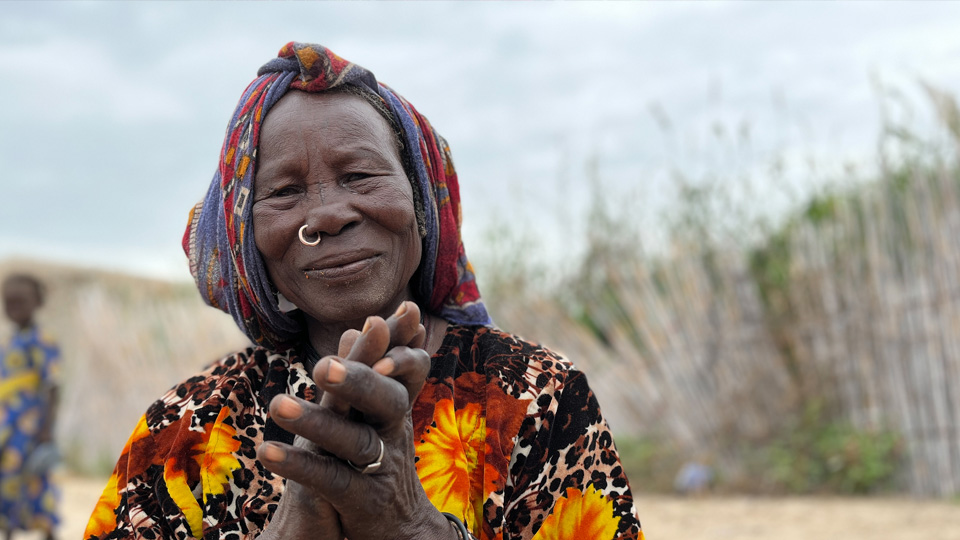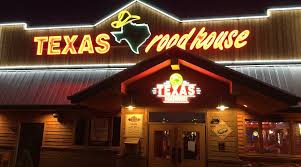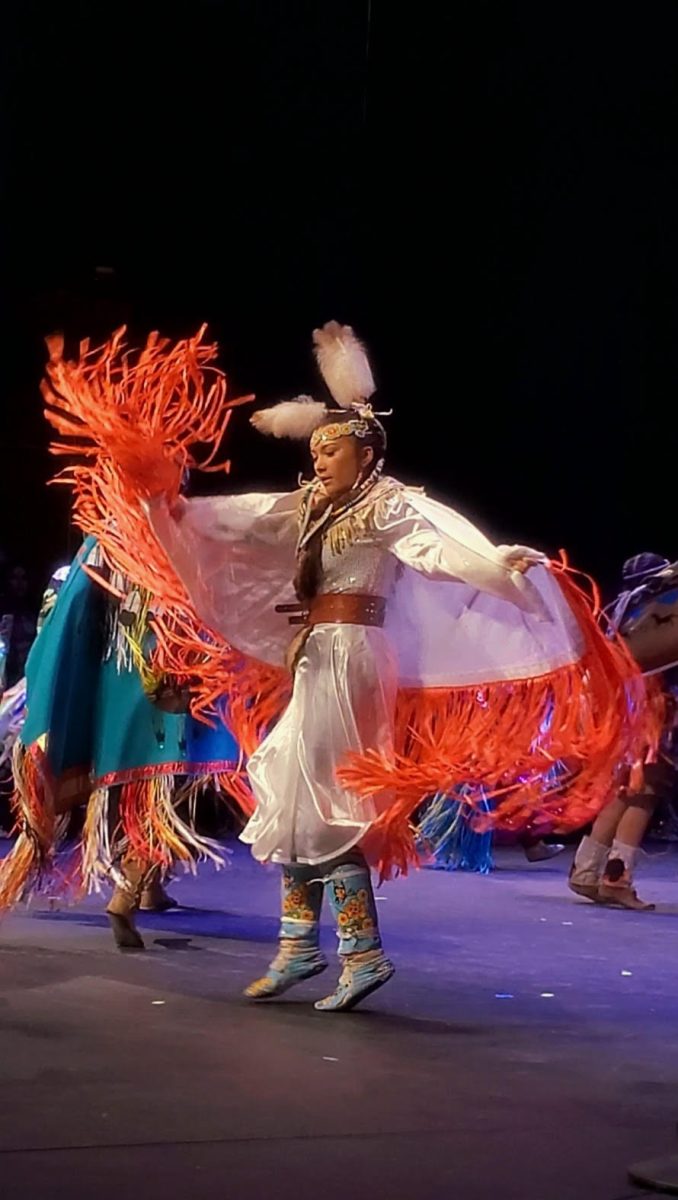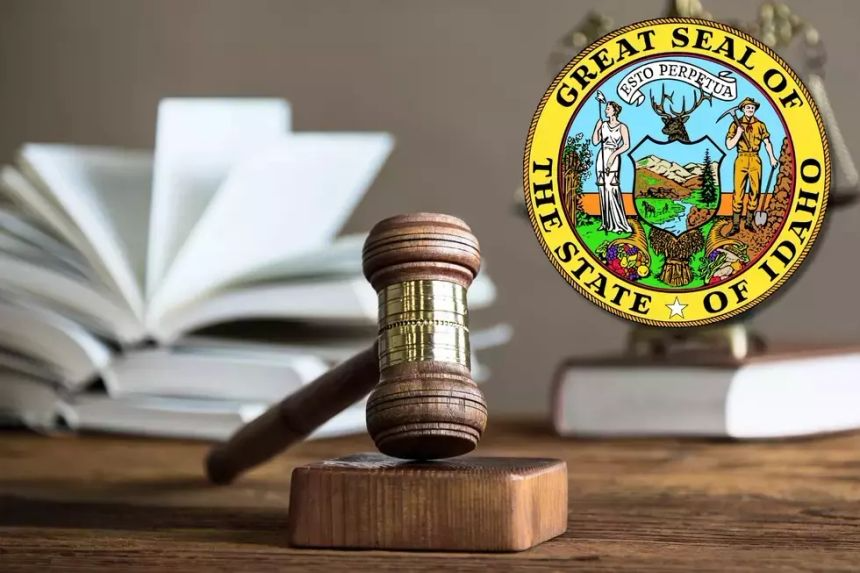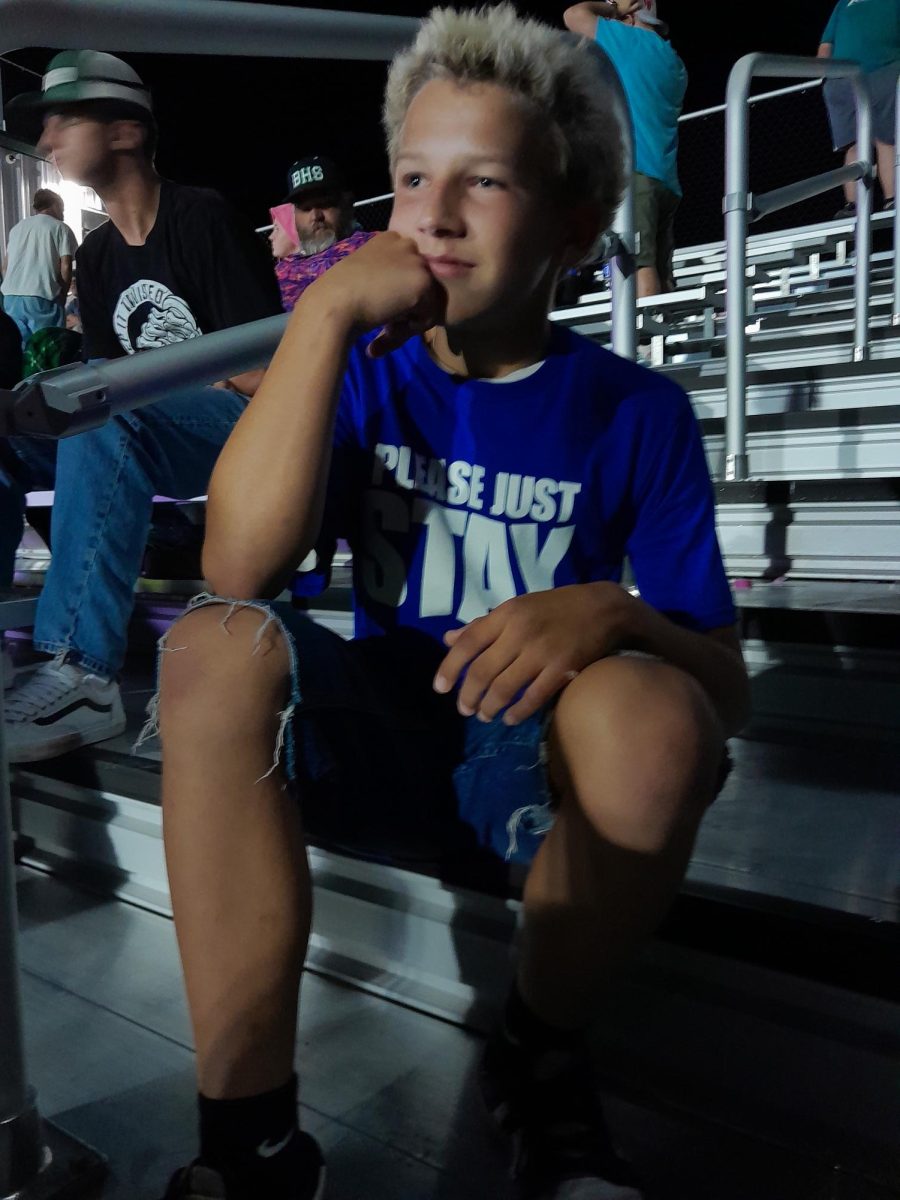When you think of Iceland, the first things that come to mind are the Northern Lights, possibly Blue Lagoon, and well, Ice.
When you search the word “Iceland” the first thing you’ll see is a series of photos showcasing some of the most beautiful landscapes located there. But there is more to Iceland than just its pretty bodies of water and pretty lights dancing across the night skies. When I say more, I mean legends. Hundreds of years ago, people in Iceland turned to storytelling as ways to pass time in the cold. Icelandic stories go all the way back to the 12th century.
Huldufolk
Elves appear in thousands of Icelandic folklore tales. They called them Huldufolk, which means hidden people. They often were said to live in enchanted cliffs and rocks. In these tales, elves were told to live very human lives. They often were depicted as farmers and gathers who always attended church on Sundays. However, these elves were very private and reserved, hence their name meaning “hidden people.” They could turn invisible and often only revealed themselves on special occasions such as New Year’s Day and especially Midsummers Night. Huldufolk are also said to be extremely territorial. They will become extremely aggressive and hostile if anything or anyone threatens their home.
But some believe Huldufolk to be more than just a made up legend meant for telling stories. In 2015, a new road was to be laid in a spot that was referred to as “enchanted” by locals in the lava field of Galahruan. The company experienced many freak accidents. Eventually, the company was forced by the community to build their road somewhere else so they would no longer be disturbing the Huldufolk.
Trolls
Trolls are a massive part of Icelandic Folklore. They were usually described to be large, dumb, and very greedy over fancy things they admire. However, sometimes these creatures were described to be peaceful and kind and described as an aid to whoever the story was about. Just like the Huldufolk, trolls often became extra aggressive when someone harmed them or their possessions in any sort of way. The trolls often got their revenge by casting simple enchantments. But due to the fact that they were not very smart, these enchantments were very easy to break and often were not very serious. Things such as excessive hair growth or a massive wart on the tip of your nose.
Trolls could only travel at night, due to the fact that if the sun reaches them, they will turn to stone. Trolls lived way up high in the Icelandic highlands where most humans were not able to survive. They were known for having a strict liking to the taste of human flesh. They often lured humans into their liars with either spells or simply capturing them.
People often used troll stories to scare their children into behaving. Because trolls had a stronger appetite for misbehaving children.
Some Icelanders say the triple rock formation just off the coast of Reynisfjara used to be three trolls who accidentally got themselves caught in the sunlight.
The Yule Lads
Everyone loves Christmas, right? Well not as much as the Yule Lads. The coming of the Yule Lads is said to mark the beginning of the Christmas season in Iceland.
The Yule Lads are said to be thirteen brothers. Their parents are ogres called Gryla and Leppaluoi. They also have a cat called Yule Cat who eats children, which is kind of dark considering they are the mark of the cheerful Christmas season.
In more recent stories, the Yule Lads have taken up the responsibility of Santa. In the thirteen days leading up to the day of Christmas Eve, children in these stories would place shoes on their window sill and one of the thirteen brothers would go around placing either a delicious treat or a rotten potato inside each shoe. Once Christmas day came, Santa Claus took over and delivered the rest of Christmas.
Before the Christmas stories began, the Yule Lads were depicted as criminals who took turns sneaking into little villages and robbing, setting pranks, and even killing during the night. Which is a large difference from the Christmas treat givers they are now. However, some stories do say that their mother, Gryla, still often gets caught by her sons stealing from the locals and eating their disobedient children. It’s also been said that the Yule Cat has begun only eating children who don’t receive any new clothes for Christmas.
The Viking Legend
Have you ever wondered why Greenland is actually covered in Ice but Iceland is warmer and greener? The Iceland-Greenland Viking legend might help you understand that.
Hundreds of years ago a legend formed where Norway was in a tussle with Iceland Vikings. However, at this time, Iceland was not called Iceland and was more just where these Vikings resided. And very few even knew how to get there.
Norway was said to be looking for a new place to settle in. The Vikings worried that Norway was going to try to steal their land because they already had a struggling relationship. So the Vikings created a plan. They sent word to Norway that they would give their land over if they could find it. They told them they were in Iceland. Naturally, when Norway sailed their way there, they traveled to what is now Greenland, thinking that they were in a land of ice and falling right into the Vikings’ trap. All the Norwegians left the boats and set off on foot in the icy cold. After some time, all the Norwegians had died from the extreme cold.
The Vikings then got to keep their lands and named their land Iceland after their famous trickery.
Years later, a Viking called Erik the Red set sail with a group of other Vikings to attempt to settle in Greenland. He is said to have created the first Greenland settlement. Fun fact about Erik, he was actually a Norwegian Viking who had fled Norway with his wife and stumbled into Iceland after being found guilty and chased from the country for killing someone important. He had four children, Leif Eriksson, Thorvalt Eriksson, Thorstein Eriksson, and Freydis Eriksdottir, and raised them in Iceland.
Legends say that when Erik was traveling to the ships to leave to go back to Iceland, he fell off of his horse. He took this as a bad sign from the gods and forced his son, Leif, who was to make the journey back to Iceland alone. Erik died a couple of months later from a sickness that had passed through his small colony in Greenland.
